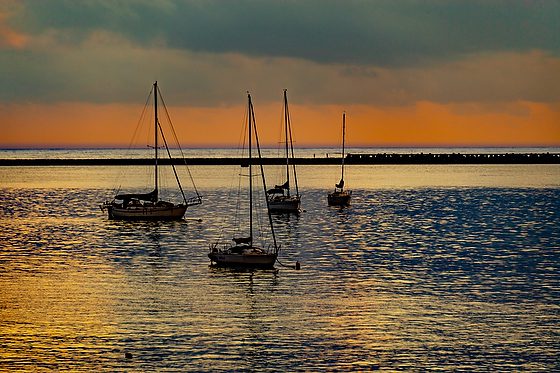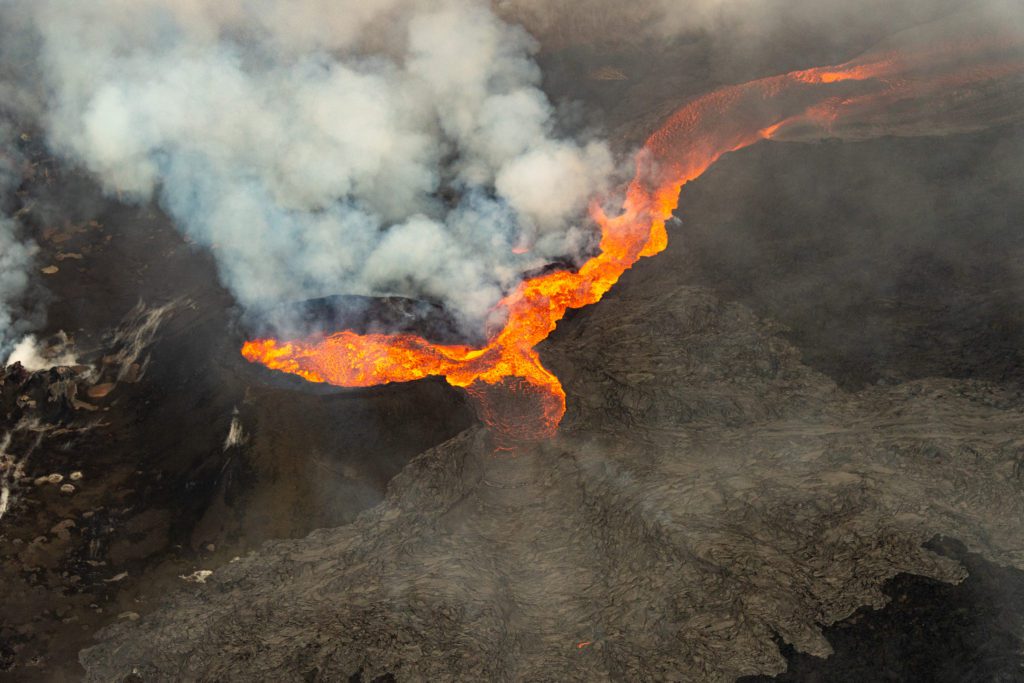
Kīlauea is an active shield volcano in the Hawaiian Islands and the most active of the five volcanoes forming the island of Hawaiʻi. Fissure 8 erupts lava into the perched channel leading northeastward from the vent. Lava levels in the upper channel between Fissure 8 and Pohoiki Rd. are low this morning but are expected to rise after the next collapse/explosive vent at the Kīlauea summit. The channelized ʻaʻā flow west of Kapoho Crater continues to be the main ocean entry at the southern edge of the flow front this morning. Despite no visible surface connection to the Fissure 8 channel, lava continues to ooze out at several points on the 6 km (3.7 mi) wide flow front into the ocean. [Nikon D5, 28-300mm ƒ/3.5-5.6, ISO 1250, ƒ/8, 1/2000]
Over the past few months, the massive destruction of the Kilauea volcano hasn’t been what we expect from Mother Nature.
We don’t expect our homes to be destroyed with no hope of rebuilding.
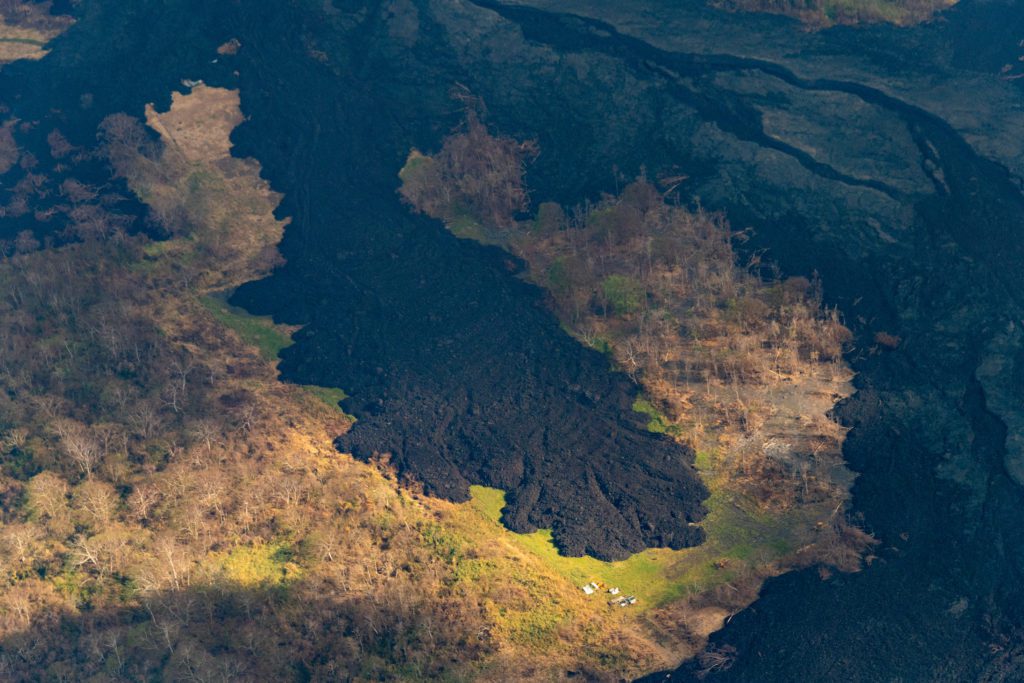
In this photo, you can see the home in the path of the destruction. This looks more like a scene from the 1958 science-fiction-horror film The Blob.
While enjoying my tourist helicopter ride to see the volcano’s power, I wasn’t thinking about the lives being destroyed by nature.
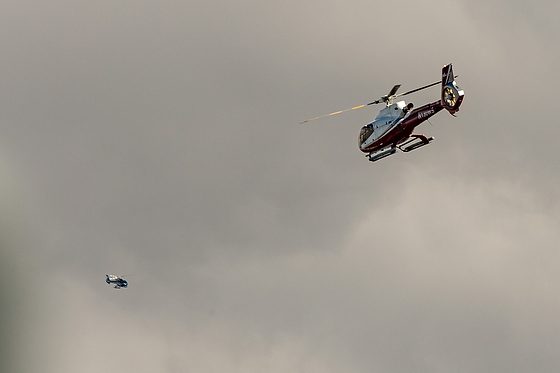
I was in the sky with other tourists on numerous helicopters flying over the volcano, being entertained.
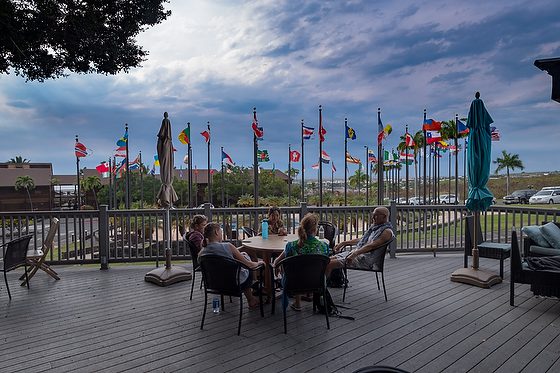
I was in Hawaii to teach photography at The University of Nations, which is part of Youth with a Mission. The campus is now in the process of seeing how they can help some of the families displaced by the volcano.
I was listening to the founder Loren Cunningham as he talked about the plight of those who have lost their homes to the volcano.
I had been teaching on storytelling and knew that when you tell a good story it actually affects the audiences physical body.
In a good chase scene, you can feel your heart racing. When the main character is hiding and close to being found, your palms may sweat.
The gut-wrenching feeling I get when bills are due and the tight cash flow is how I felt when Loren Cunningham pointed out that these people had not just lost a home but still had to pay on their mortgages. They were now paying for something that they couldn’t rebuild or resell.
This is a different kind of natural disaster than the past fires, tornados, or hurricanes I have experienced. Volunteers organized to help clean up and rebuild the destructed areas during those disasters. They helped to restore people’s lives.
The closest disaster with some similarities was Katrina, where many could not go back and rebuild.
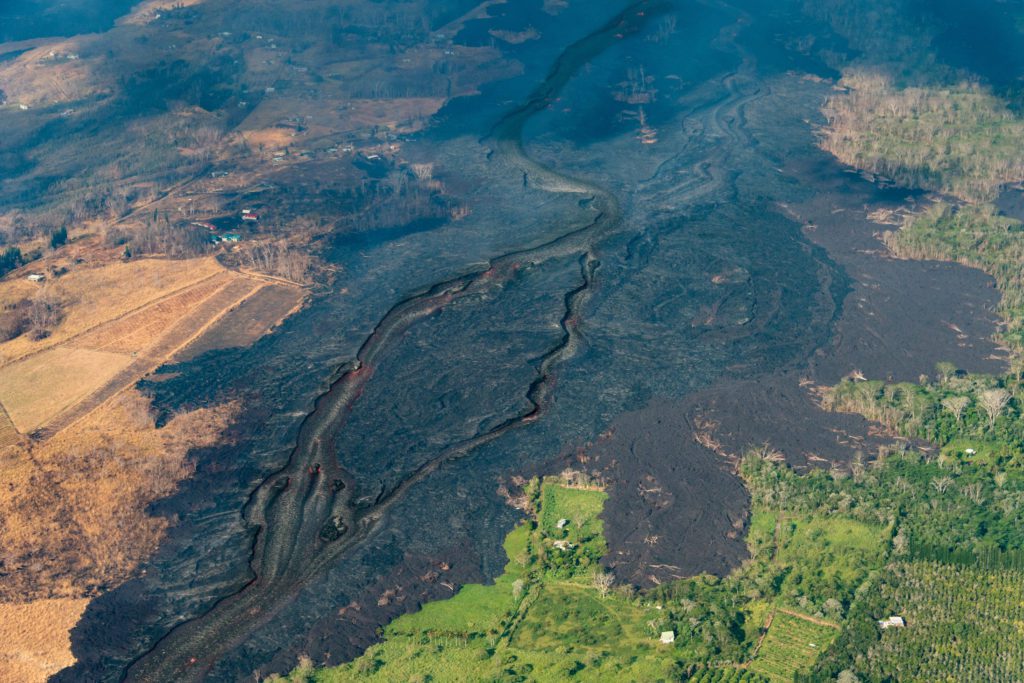
As you watch the updates on the volcano, please keep in mind all those who have lost their homes and are now in financial crisis.

Lava spilling off the southeastern edge of the island of Hawaii is producing a noxious haze where it hits the seawater. Made out of hydrochloric acid, steam, and shards of volcanic glass, the gas is hazardous to anyone who breathes it.
Laze forms when lava reaching temperatures of around 2,100 degrees Fahrenheit strikes seawater. The heat boils seawater dry — not just boiling away the water but also heating salt molecules the boiled water leaves behind, like magnesium chloride. “The magnesium chloride is pretty reactive,” says volcanologist Simon Carn at Michigan Technological University. “It reacts with the water — the steam in the air.” That makes hydrochloric acid, which probably sounds familiar because it’s the acid in your stomach that melts your food into a soupy pulp. That stuff isn’t good to get in your lungs.
[Nikon D5, 28-300mm ƒ/3.5-5.6, ISO 1000, ƒ/8, 1/2000]

